#bollywood cinema
Text
Gulf migration is not just a major phenomenon in Kerala; north Indian states also see massive migration to the Gulf. Uttar Pradesh and Bihar accounted for the biggest share (30% and 15%) of all Indian workers migrating to GCC1 countries in 2016-17 (Khan 2023)—a trend which continues today. Remittances from the Gulf have brought about significant growth in Bihar’s economy (Khan 2023)—as part of a migrant’s family, I have observed a tangible shift in the quality of life, education, houses, and so on, in Siwan. In Bihar, three districts—Siwan, Gopalganj, and Chapra—send the majority of Gulf migrants from the state, mostly for manual labor (Khan 2023). Bihar also sees internal migration of daily wagers to Delhi, Bombay, and other parts of India. Gulf migration from India’s northern regions, like elsewhere in India, began after the oil boom in the 1970s. Before this time, migration was limited to a few places such as Assam, Calcutta, Bokaro, and Barauni—my own grandfather worked in the Bokaro steel factory.
Despite the role of Gulf migration and internal migration in north Indian regions, we see a representational void in popular culture. Bollywood films on migration largely use rural settings, focussing on people who work in the USA, Europe, or Canada. The narratives centre these migrants’ love for the land and use dialogue such as ‘mitti ki khusbu‘ (fragrance of homeland). Few Bollywood films, like Dor and Silvat, portray internal migration and Gulf migration. While Bollywood films frequently centre diasporic experiences such as Gujaratis in the USA and Punjabis in Canada, they fail in portraying Bihari migrants, be they indentured labourers in the diaspora, daily wagers in Bengal, or Gulf migrants. The regional Bhojpuri film industry fares no better in this regard. ‘A good chunk of the budget is spent on songs since Bhojpuri songs have an even larger viewership that goes beyond the Bhojpuri-speaking public’, notes Ahmed (2022), marking a context where there is little purchase for Gulf migration to be used as a reference to narrate human stories of longing, sacrifice, and family.
One reason for this biased representation of migration is that we see ‘migration’ as a monolith. In academic discourse, too, migration is often depicted as a commonplace phenomenon, but I believe it is crucial to make nuanced distinctions in the usage of the terms ‘migration’ and ‘migrant’. The term ‘migration’ is a broad umbrella term that may oversimplify the diverse experiences within this category. My specific concern is about Gulf migrants, as their migration often occurs under challenging circumstances. For individuals from my region, heading to the Gulf is typically a last resort. This kind of migration leads to many difficulties, especially when it distances migrants from their family for much of their lifetime. The term ‘migration’, therefore, inadequately captures the profound differences between, for instance, migrating to the USA for educational purposes and migrating to the Gulf for labour jobs. Bihar has a rich history of migration, dating back to the era of indentured labor known as girmitiya. Following the abolition of slavery in 1883, colonial powers engaged in the recruitment of laborers for their other colonies through agreements (Jha 2019). Girmitiya distinguishes itself from the migration. People who are going to the Arabian Gulf as blue-collar labourers are also called ‘Gulf migrants’—a term that erases how their conditions are very close to slavery. This is why, as a son who rarely saw his father, I prefer to call myself a ‘victim of migration’ rather than just a ‘part of migration’. It is this sense of victimhood and lack of control over one’s life that I saw missing in Bollywood and Bhojpuri cinema.
— Watching 'Malabari Films' in Bihar: Gulf Migration and Transregional Connections
#bhojpuri indentured history#malayalam cinema#bihari labour migration#gulf migrant labour#malayali labour migration#bollywood cinema#bhojpuri cinema
13 notes
·
View notes
Text
Tera jaana jaise koi baddua
You, leaving is like a curse.
Tumhe dekhte hi aankhe ho jati nam
Seeing you, my eyes are drenched.
Sanam teri kasam
I swear on you, my beloved.
#sanam teri kasam#desi cinema#desi#desi academia#desiblr#movieblr#bollywood cinema#bollywood#indian cinema#bollywood songs
11 notes
·
View notes
Text






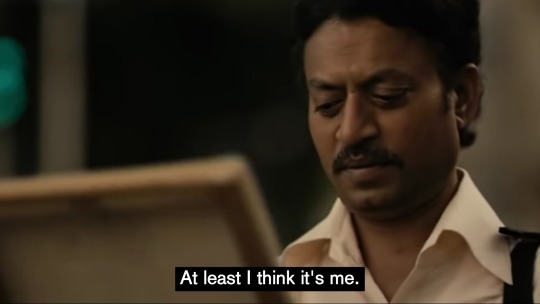
The Lunchbox 2013
#favourite moments#on existence#the lunchbox#irrfan khan#bollywood#caps#screencaps#bollywood2#desi#desiblr#indian cinema#desi cinema#bollywood cinema#movie#south asian#south asia
127 notes
·
View notes
Photo

Sana Khan’s Entry into Islam, and the Darul Uloom Deoband scholars Occult Control over Her - Unveiled.
A brief explanation of what my focus is in this document, Sana Khan has stated in numerous interviews and talks, of her falling into depression, and her life falling apart, the visions of fire, and her seeing herself nightly burning in the grave. Sana Khan used to see herself burning in the grave, which she believes was nightly torment from Allah, to come back to the fold of Islam. She states she saw herself 10 nights in a row in the grave, then it stopped, following this, she went to continue with her roles in acting etc, then the grave torment started again, she states she was a broken person by then.
She states she was scared, and that she used to cry for hours and she couldn’t sleep, and in her dream she used to see herself screaming for help. This has got the clear hallmarks of the occult, and not just any occult, its Deobandi occult.
If a reader or a Darul Uloom scholar genuinely believes, or attempts to justify such torment as coming from God i.e. as a genuine calling from God, then you are sick within.
What I am witnessing from the Darul Uloom scholars in England, makes religion look like a mental sickness, like it’s a disease, like some form of a virus.
https://www.sarcoidosisdeobandi.com/sana-khans-entry-into-islam-and-the-darul-uloom-deoband-scholars-occult-control-over-her-which-made-her-submit-unveiled-04-03-2023/
#Indian#Bollywood#SanaKhan#Salman Khan#sana khan#desi#desi stuff#bollywood actress#sharukh khan#desi fashion#bollywood movies#dawah#bollywood cinema#indian movies#Islam#Mecca#Madina#bollywood news
3 notes
·
View notes
Text

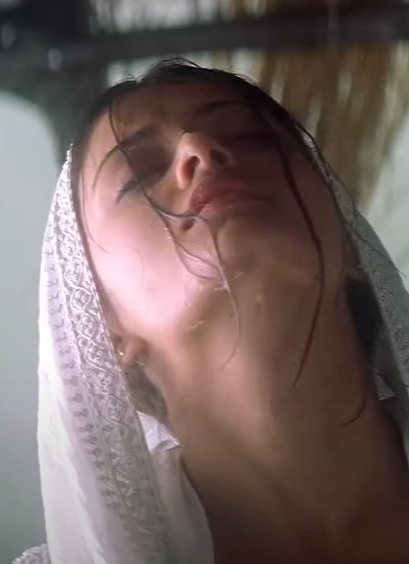
Aishwarya Rai, Taal, 1999.
#aishwariya rai bachchan#aishwarya rai#aishwarya#taal#bollywood#taal se taal#hindi cinema#indian cinema#india#desi#movie#screencaps#poc#woc
3K notes
·
View notes
Text
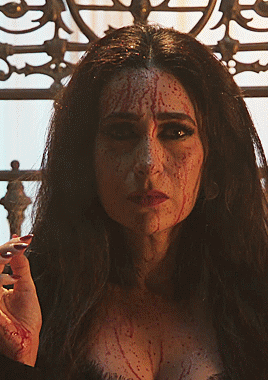

Karishma Kapoor in Murder Mubarak (Netflix, 2024)
#bollywood#bollywood2#karishma kapoor#karisma kapoor#karishmakapoor#murder mubarak#murdermubarak#cinema#netflix#hindi#desi#mine
452 notes
·
View notes
Text

614 notes
·
View notes
Text


KAJOL in KUCH KUCH HOTA HAI (1998)
#filmedit#movieedit#bollywoodedit#90sedit#filmgifs#dailytvfilmgifs#dailyflicks#tvandfilm#cinematv#moviegifs#dailywoc#bollywood#kajol#hindi cinema#kuch kuch hota hai#*#roedits#q
554 notes
·
View notes
Text
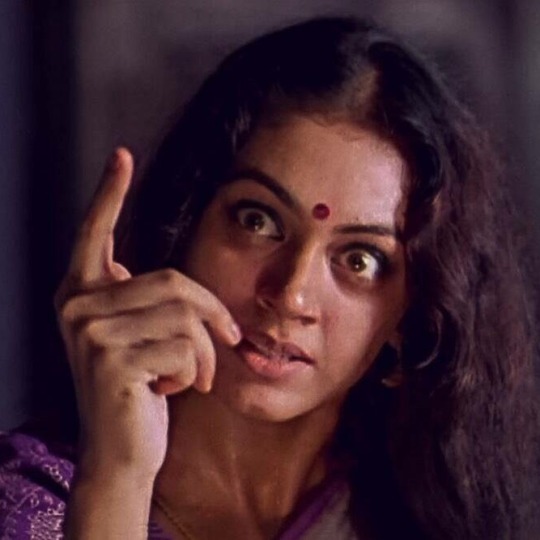
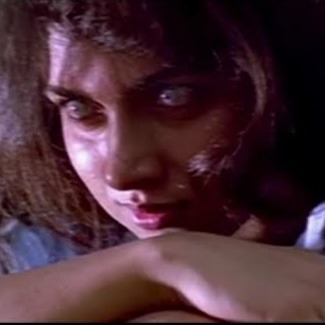
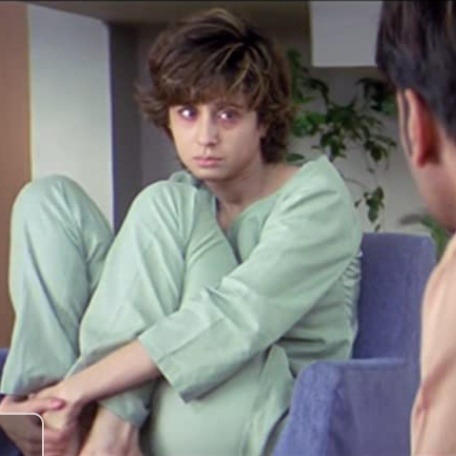
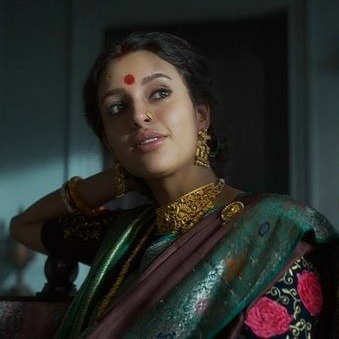



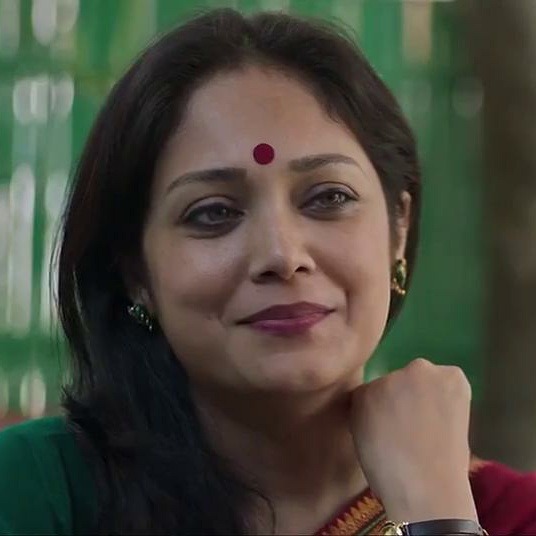

girlies of indian horror (part 2)
shobana in manichitrathazu//revathi in raat//urmila matondkar in bhoot//tripti dimri in bulbbul//vidya balan in bhool bhulaiya//juhi chawla in darr//waheeda rehman in kohraa//lima das in aamis//sadhana in woh kaun thi?
#indian horror#tamil cinema#indian cinema#malyalam cinema#assamese cinema#bollywood#bulbbul#aamis#manichitrathazhu#raat#bhoot#bhool bhulaiya#darr#kohra#kohraa#woh kaun thi#old bollywood#shobana#revathi#urmila matondkar#tripti dimri#vidya balan#juhi chawla#waheeda rehman#lima das#sadhana#women in horror#asian horror#muku.aes#my mbs
2K notes
·
View notes
Text




Vyjayanthimala Amrapali
#vyjayanthimala#actors#vintage#cinema#old films#film stills#movie stills#beauty#bollywood actress#bollywood#60s women#60s vintage#aesthetic#desi#desiblr#desi aesthetic
450 notes
·
View notes
Text
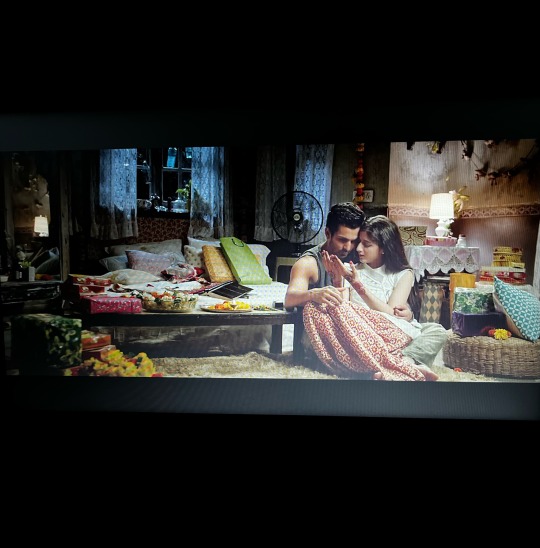
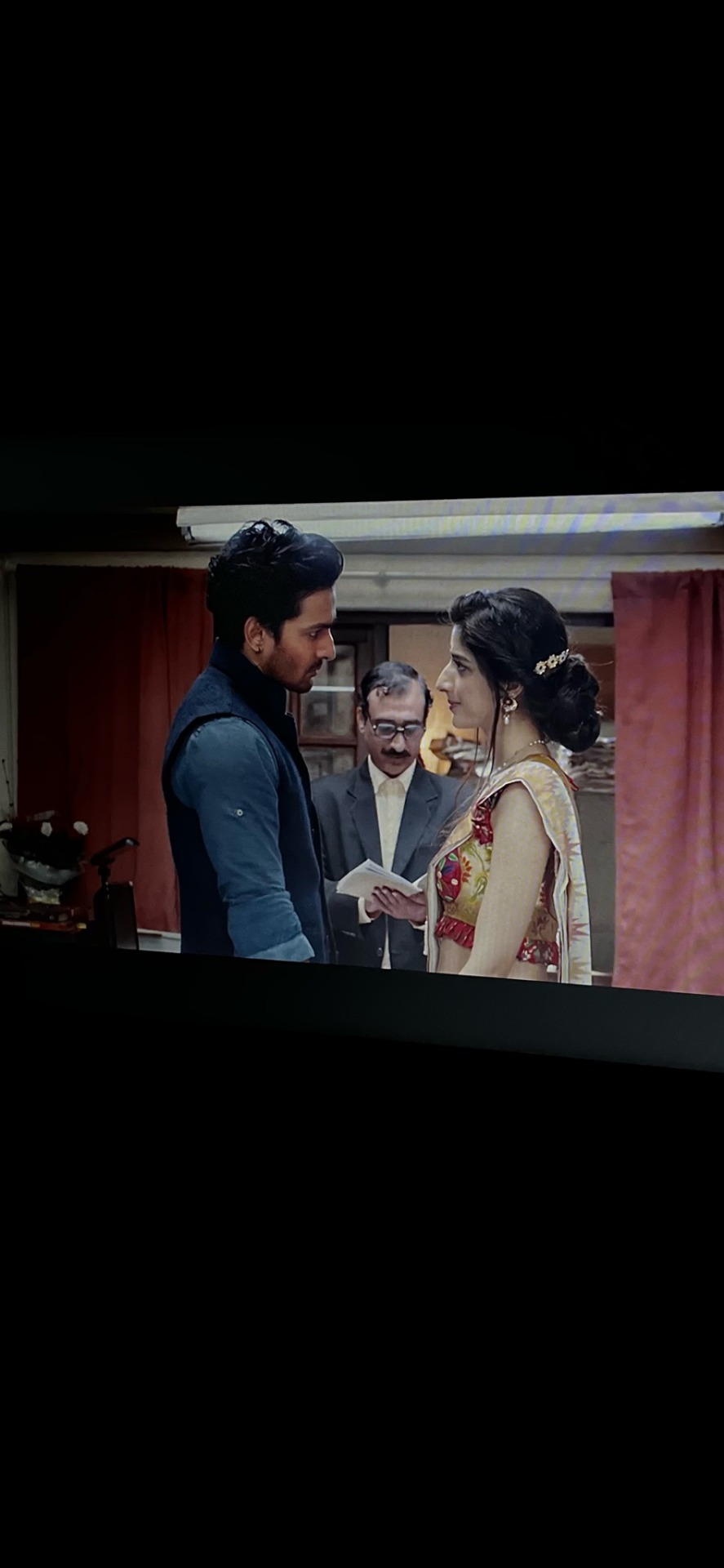

“Log sath sath isiliye nhi rehte kyunki vo bhool jaate hai, log sath isiliye rehte hai kyunki vo maaf kr dete hai.”
— Saru, Sanam Teri Kasam (2016)
#sanam teri kasam#desi#desiblr#desi cinema#mawra hocane#harshvardhan rane#desi aesthetic#desi tumblr#love story#movieblr#bollywood#bollywood cinema#movie review#movies#🍿
7 notes
·
View notes
Text





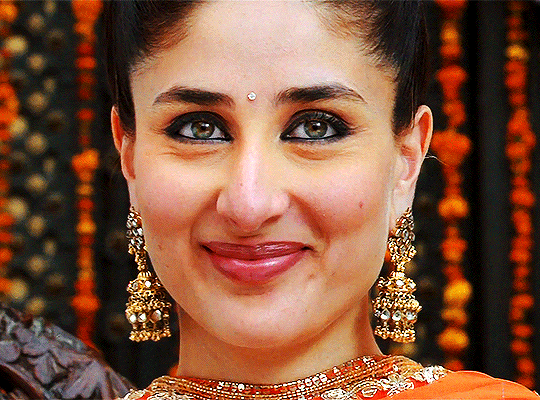
JAB WE MET
2007 | dir. Imtiaz Ali
#jab we met#jabwemetedit#mine: jab we met#bollywood#bollywood gifs#bollywoodedit#shahid kapoor#kareena kapoor#filmedit#movieedit#filmgifs#dailytvfilmgifs#dailyflicks#tvandfilm#cinematv#moviegifs#hindi cinema
209 notes
·
View notes
Text
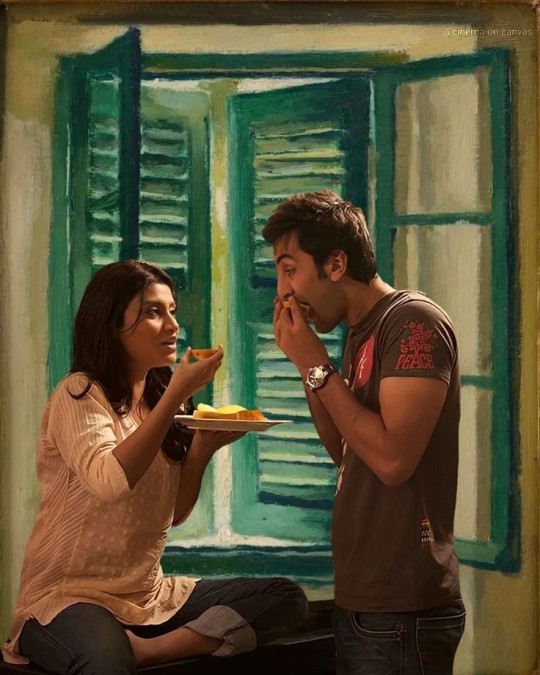
Every unplanned Sid needs an organised Aisha in his life 🤌🏻
#desiblr#desi tumblr#desi aesthetic#indian aesthetic#hindi cinema#poetry#hindi poetry#aesthetic#movies#bollywood#wake up sid#cinephile#cinemalover#cinemetography#cinema
204 notes
·
View notes
Text

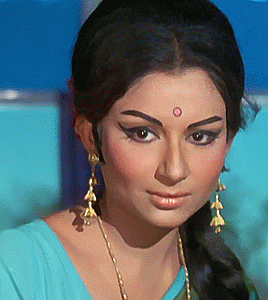
Sharmila Tagore in Aradhana (1969)
#bollywood#bollywood2#sharmila tagore#sharmilatagore#aradhana#cinema#hindi#bollywoodgifs#dailyworldcinema#fyeahmovies#mine#filmedit#bollywoodedit
354 notes
·
View notes
Link
The Dharma Productions and Viacom 18 venture Jugjugg Jeeyo was released yesterday. After much talk and promotions the Raj Mehta directorial starring Varun Dhawan, Kiara Advani, Anil Kapoor and Neetu Kapoor opened on a good note. Released across 3375+ screens in the domestic market the business of the film was expected to start with a bang. Living up to expectations, Jugjugg Jeeyo that has received positive feedback from the audience and critics alike has opened on a good note.
#anil kapoor#badrinath ki dulhania#dharma productions#dilwale#dilwale dulhania le jayenge#film emerges#humpty sharma ki dulhania#jugjugg jeeyo#jugjugg jeeyo box office#kiara advani#neetu kapoor#raj mehta#varun dhawan#bollywood cinema#bollywood news#bollywood#bollywood box office#bollywood movie
0 notes
Photo
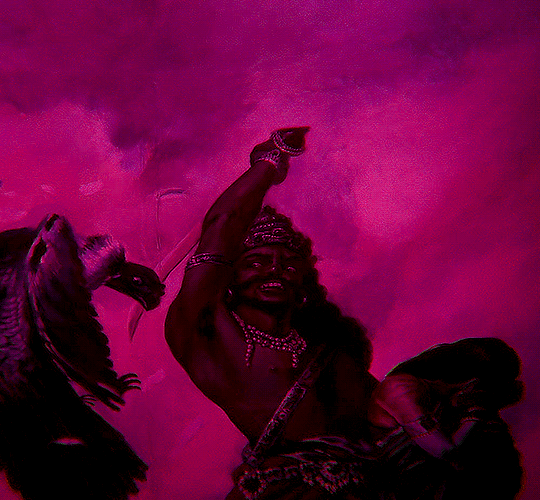
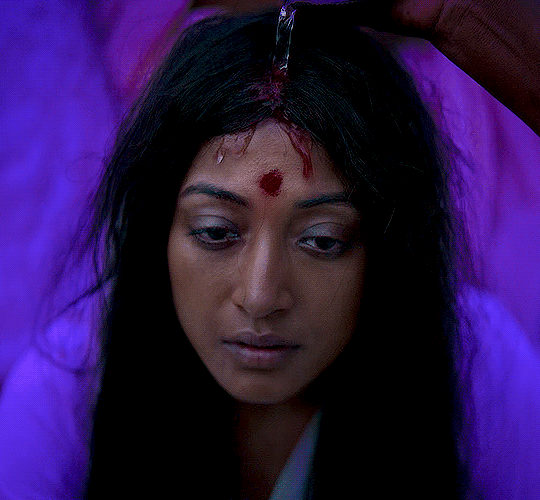
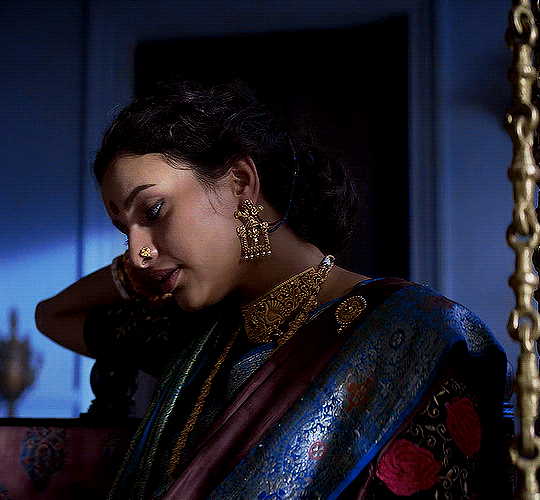
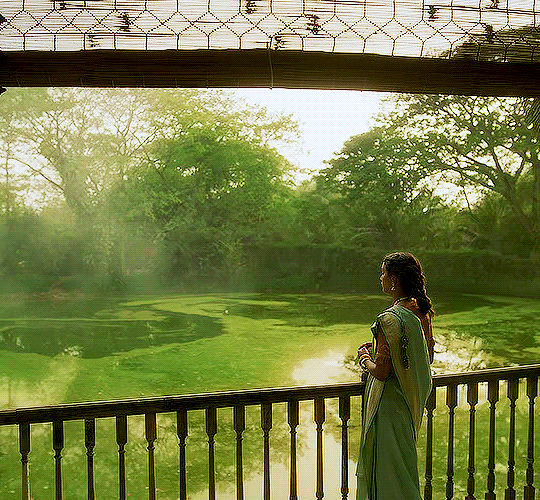
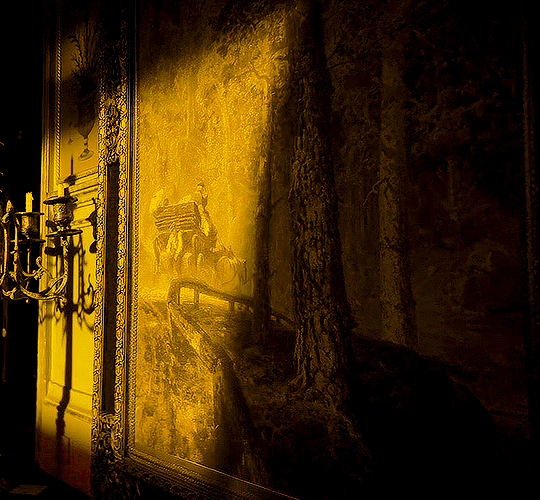

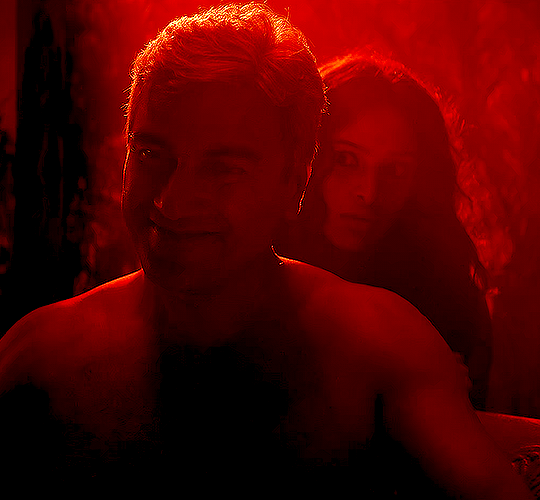
She sleeps during the day. Hunts at night.
BULBBUL (2020), dir. Anvita Dutt Guptan
#filmedit#movieedit#perioddramedit#horroredit#horrorgifs#bollywoodedit#filmgifs#dailyflicks#dailytvfilmgifs#tvfilm#usertvfilm#userfilm#cinematv#coloredit#bulbbul#bollywood#hindi cinema#twhorror#*#roedits
1K notes
·
View notes